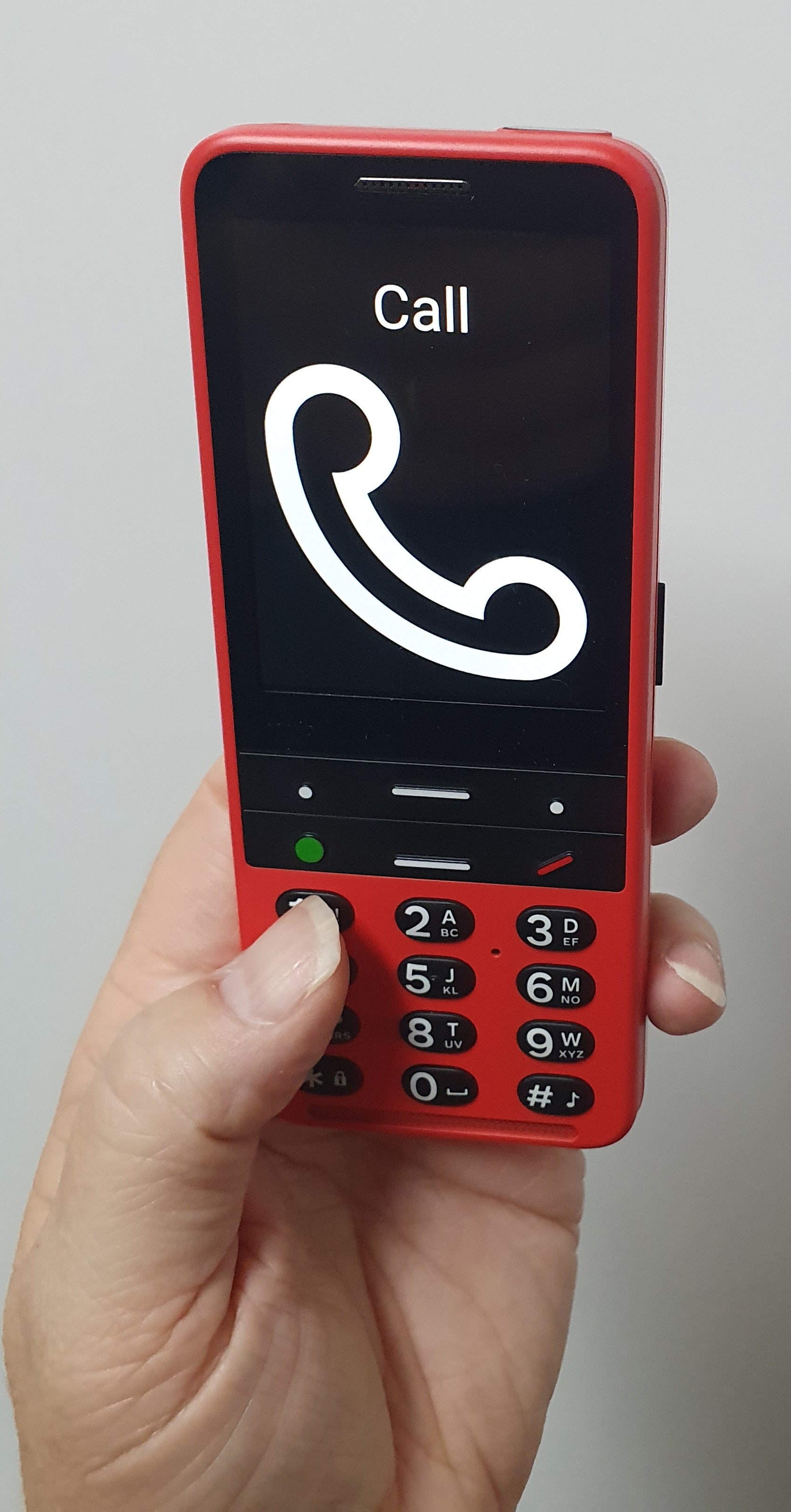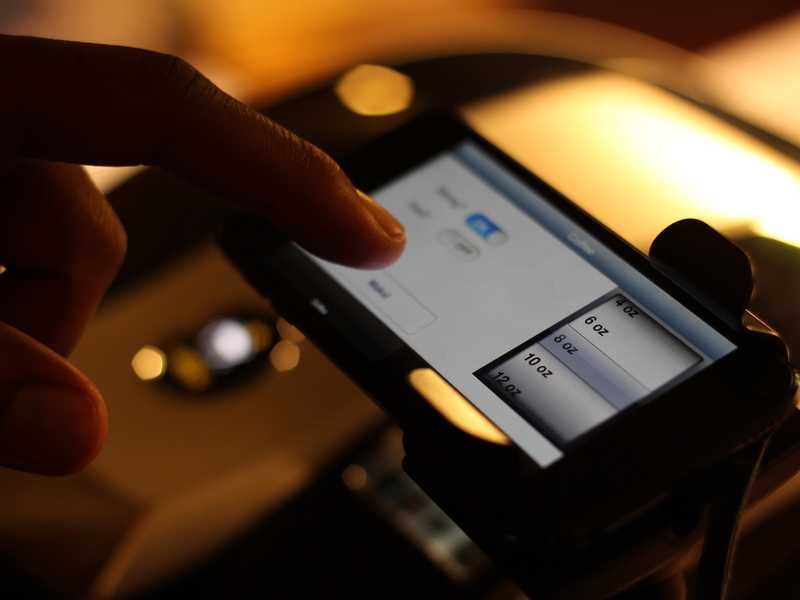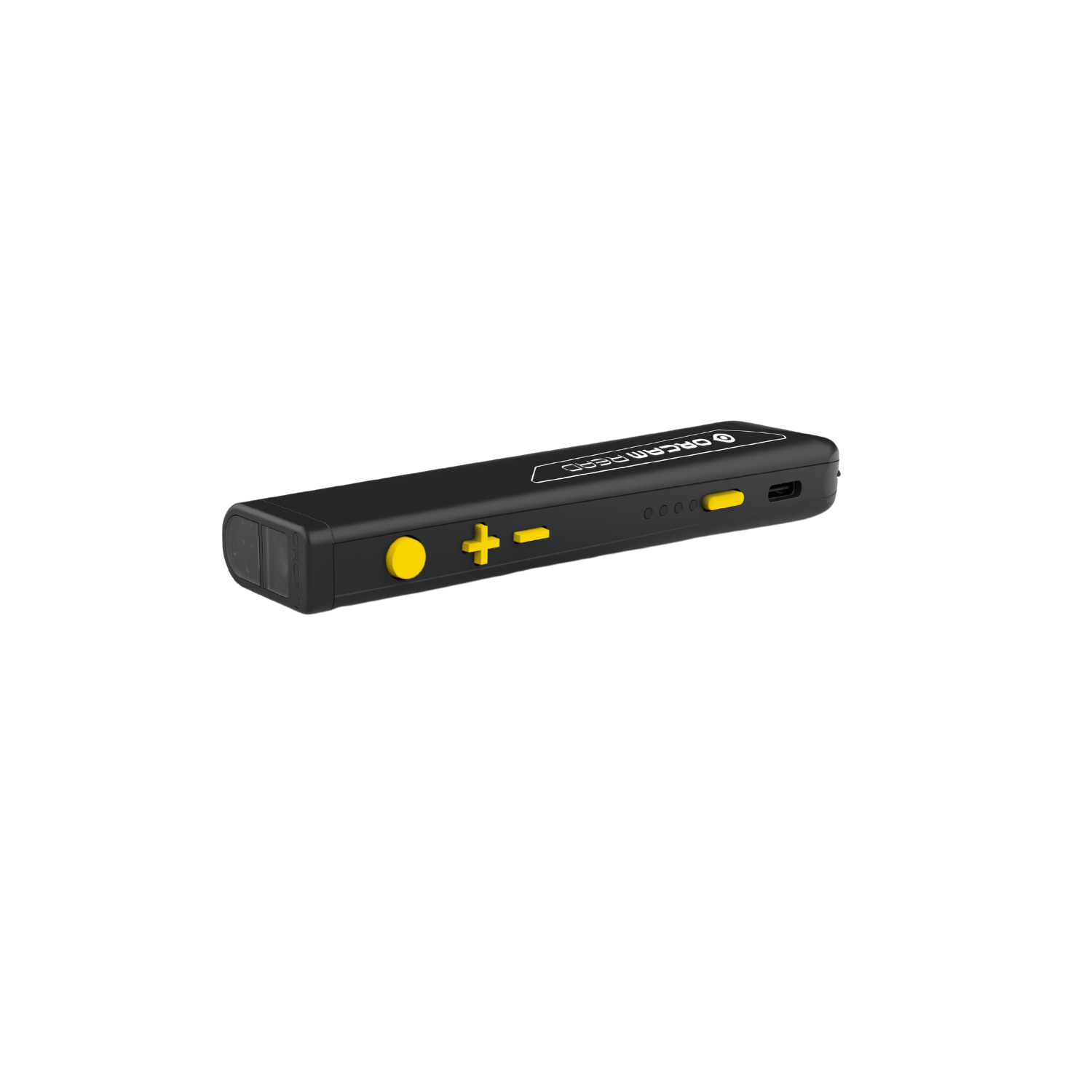Screen Readers for the Blind: Accessing Data Without Barriers
Screen Readers for the Blind: Accessing Data Without Barriers
Blog Article
Empowering Freedom With Assistive Innovation for the Blind
The combination of assistive technology right into the lives of people with visual problems stands for a significant innovation in advertising independence and self-sufficiency. From innovative screen viewers to innovative wise canes, these devices not just improve daily navigating and interaction however additionally empower individuals to involve meaningfully in different facets of life. As we explore the myriad benefits and real-world applications of these innovations, it becomes vital to analyze the underlying elements that add to their effectiveness and the potential for future developments in this vital area.
Introduction of Assistive Technology

The development of assistive modern technology is grounded in concepts of inclusivity and empowerment. Technologies in software application, hardware, and sensory enhancements provide users with options customized to their specific demands. From screen visitors that convert message to speech, to tactile tools that share information via touch, these tools transform the method individuals engage with their environments.
In addition to sensible applications, assistive innovation fosters higher social addition and involvement in different industries, consisting of education and learning and work (Assistive technology for the blind). As r & d remain to advance, the capacity for assistive innovation to further boost the lives of aesthetically damaged people stays encouraging, paving the method for an extra equitable culture where everyone can prosper
Kinds Of Assistive Instruments
A selection of assistive tools have arised to sustain people with aesthetic impairments, each designed to fulfill certain demands and enhance daily functioning. These tools vary from low-tech options to high-tech technologies, supplying diverse options for users.
Low-tech gadgets include magnifiers and large-print products that aid in reading and writing. Braille devices, such as Braille slates and stylus pens, enable responsive analysis and interaction. Alignment and mobility aids, like white walking sticks, assist customers browse their setting securely.
On the higher end of the range, digital zoom systems and display visitors use considerable assistance. Electronic magnifiers permit users to expand message and photos on screens, while screen visitors transform digital material right into manufactured speech, helping with access to information on computer systems and mobile phones.
Mobile phone applications also play a critical role, providing attributes like message recognition and navigation help. Wearable technology, such as clever glasses geared up with augmented reality, is emerging as a promising tool to enhance situational awareness.
Advantages of Assistive Technology
The combination of assistive technology dramatically improves the lifestyle for people with aesthetic impairments. These technologies empower individuals by advertising independence, enabling them to browse their environments better and do day-to-day tasks with greater convenience. As an example, screen viewers and magnifying software enable people to accessibility digital info, cataract specialist near me fostering professional and instructional possibilities that might have previously been out of reach.
In addition, look what i found assistive gadgets such as clever walking canes and GPS applications provide real-time navigation assistance, improving mobility and safety. This raised freedom not just improves self-confidence however also urges social interaction, permitting individuals to participate more totally in their neighborhoods.
Assistive innovation likewise assists in communication, assisting individuals get in touch with others via voice recognition and text-to-speech applications. This ability is important for preserving partnerships and accessing important information.
Additionally, the customization alternatives readily available with several assistive innovations make certain that customers can tailor gadgets to their certain demands, even more enhancing usability and performance. Generally, the benefits of assistive technology for people with visual impairments are profound, advertising a much more inclusive culture where everybody can seek their goals and goals.
Instance Research Studies and Success Stories
Highlighting the transformative impact of assistive technology, countless study show just how individuals with aesthetic disabilities have effectively incorporated these devices right into their day-to-days live. One engaging instance includes an university pupil that utilized display analysis software application to navigate academic materials and on-line sources efficiently. This technology not just promoted her education however likewise improved her confidence in taking part in discussions and group projects.
An additional study features a specialist that utilizes a mobile phone application created for navigation and things acknowledgment. By utilizing this application, he has gained back autonomy in both his individual and workplace, allowing him to commute individually and engage with associates a lot more properly.
Additionally, a retiree shared her experience with braille e-readers, which enabled her to access a huge range of literary works and stay gotten in touch with her area via publication clubs.
These success tales underscore the critical function of assistive innovation in cultivating independence, enhancing lifestyle, and advertising social assimilation for people with visual disabilities (Voice-activated assistive devices). By welcoming these ingenious tools, customers can overcome obstacles and seize chances that add to their professional and individual satisfaction

Future Fads in Assistive Innovation
Development in assistive innovation is positioned to redefine the landscape of assistance for individuals with aesthetic impairments. Arising trends highlight the combination of fabricated knowledge (AI) and artificial intelligence, which enhance the functionality of tools that aid with navigation and details accessibility. AI-driven applications are currently capable of translating visual data in real-time, enabling users to engage with their setting extra independently.
Moreover, the development of wearable technology is progressing rapidly. Smart glasses geared up with increased truth (AR) can offer audio summaries of surroundings, changing just how individuals communicate with public rooms. These gadgets not only advertise autonomy however likewise foster social inclusion.
Additionally, the Net of Things (IoT) is making homes smarter, enabling for seamless connection in between day-to-day devices and assistive tools. This connectivity equips individuals by enabling automated feedbacks and voice-activated controls customized to private demands.
Conclusion
To conclude, assistive modern technology plays a critical role in empowering individuals with aesthetic problems by improving their independence and interaction with their environments. The varied series of applications and devices readily available not just helps with navigating and communication however likewise advertises social assimilation and eye doctor open today chances for individual and specialist growth. As innovations continue in this field, the possibility for improving the lifestyle for those with visual problems will certainly increase, fostering better freedom and empowerment.

Report this page